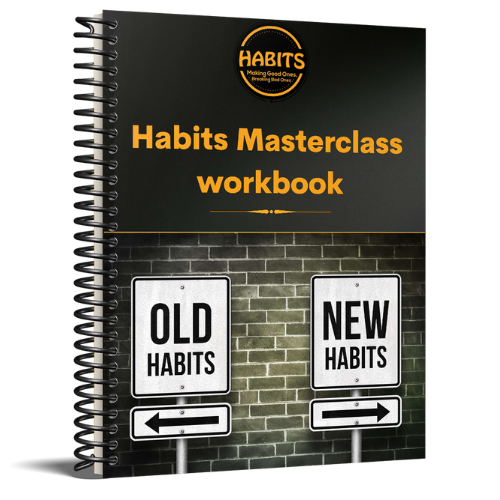Books I Am Most Excited to Read This Year
Want to read more books in 2016? Here’s a little tip from Michael Hyatt — Don’t feel pressure to finish: “Here’s publishing’s dirty little secret: most books are not worth finishing. Most books could be cut in half and you wouldn’t miss a thing. The key is to read as long as you are interested and then […]









